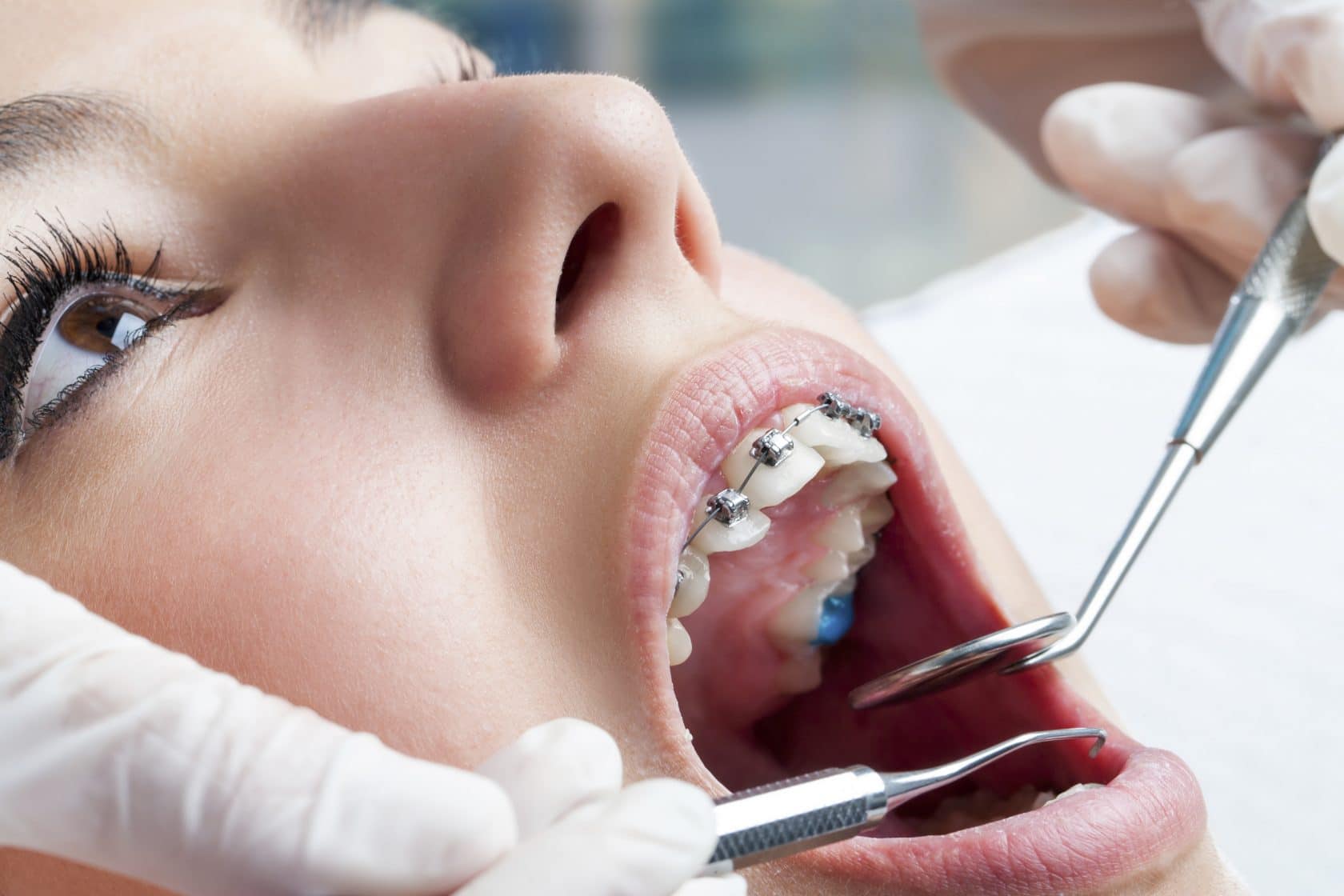The Benefits of Choosing a Cumming Orthodontist for Your Braces and Aligners
The Benefits of Choosing a Cumming Orthodontist for Your Braces and Aligners
Blog Article
Comprehensive Overview to Orthodontics Procedures for Remedying Dental Imbalances
Understanding the intricacies of each procedure, including their mechanisms, benefits, and prospective downsides, is critical in making informed choices concerning one's orthodontic therapy. As we browse through the comprehensive overview to orthodontic treatments for dealing with oral misalignments, the intricate details of each method will unfold, dropping light on the path toward a harmonious and functional dental positioning.
Orthodontic Procedures Introduction

Along with typical dental braces and clear aligners, orthodontists may additionally suggest various other treatments like headwear, palatal expanders, or retainers to resolve specific placement problems (cumming aligners). These treatments are tailored per client's unique requirements and may entail a mix of therapies to achieve the wanted outcomes. Routine adjustments and monitoring are vital parts of orthodontic therapy to make certain progression is on track and to make any essential adjustments in the process. By undertaking orthodontic procedures, patients can not just attain a straighter smile however additionally boost their overall dental health and wellness and function.
Typical Dental Braces: How They Work
When thinking about orthodontic treatments for dental imbalances, typical dental braces stick out as a tried and true method for correcting teeth placing. Standard braces include brackets, wires, and bands that interact to apply continuous stress on the teeth, slowly moving them right into the wanted positioning. The brackets are affixed to the teeth utilizing a special adhesive, and the cords are threaded with the brackets. By changing the stress of the wires, orthodontists can control the direction and force applied to each tooth, guiding them into proper positioning gradually.
As pressure is applied to the teeth via the braces, the bone bordering the teeth is reshaped to sustain the brand-new tooth positions. People will certainly require regular changes at the orthodontist's workplace to guarantee the braces continue to apply the right stress for reliable teeth activity.
Unnoticeable Aligners: Pros and Cons
These clear, tailor-made trays are essentially undetectable when used, making them an appealing alternative for people seeking an extra cosmetically pleasing orthodontic treatment. Patients can get rid of the aligners before consuming or cleaning their teeth, reducing the threat of food getting stuck in the home appliance and streamlining the cleansing process.

Surgical Orthodontic Options
Surgical treatments in orthodontics existing viable choices for attending to intricate oral imbalances that might not be effectively dealt with with standard orthodontic therapies. While unnoticeable aligners and standard dental braces can remedy several orthodontic concerns, particular instances call for medical treatment to accomplish ideal outcomes. Surgical orthodontic choices are normally suggested for extreme malocclusions, considerable jaw disparities, and situations where the underlying bone framework needs modification to accomplish appropriate positioning.
One typical surgical orthodontic procedure is orthognathic surgery, which entails rearranging the jaws to remedy practical problems such as difficulty talking or eating. discover this This surgical procedure is usually executed in collaboration with an orthodontist that helps align the teeth before and after the treatment. Surgical orthodontics might additionally include procedures to expose influenced teeth, get rid of excess periodontal tissue, or improve the jawbone to develop an extra unified face account.
Prior to taking into consideration medical orthodontic choices, individuals undertake a comprehensive evaluation to determine the requirement and possible advantages of such interventions. orthodontics. While surgery may appear daunting, it can considerably enhance both the feature and aesthetics of the smile in cases where traditional orthodontic treatments fail
Retainers and Post-Treatment Care

Post-treatment care includes adhering to the orthodontist's guidelines carefully. This might include appropriate oral hygiene techniques, attending follow-up consultations, and wearing the retainers as recommended. Failing to abide by post-treatment treatment directions can cause relapse, where the teeth progressively move back in the direction of their original placements. Consistent retainer wear, great oral health, and regular oral exams are necessary for keeping the results achieved with orthodontic surgery and making sure the lasting security of the dealt with dental positioning.
Final Thought
In verdict, orthodontic treatments use different choices for dealing with oral imbalances. Traditional braces the closest dentist to me use steel brackets and wires to change teeth right into appropriate positioning. Unnoticeable aligners supply a more discreet alternative but might not appropriate for all situations. Surgical orthodontic options are readily available for much more extreme imbalances. Retainers are typically used post-treatment to maintain the brand-new alignment. Generally, orthodontic procedures can efficiently improve dental health and aesthetic appearance.
As we navigate via the extensive overview to orthodontic procedures for dealing with dental imbalances, the elaborate information of each method will certainly unfold, dropping light on the path toward a unified and functional dental positioning. - cumming orthodontics
One of the most common orthodontic therapies is the usage of braces, which consist of steel braces and wires that use blog here mild pressure to progressively shift teeth into the preferred position.When thinking about orthodontic therapies for oral misalignments, standard dental braces stand out as a time-tested technique for remedying teeth placing. Additionally, unseen aligners may not be appropriate for intricate orthodontic issues that require even more substantial teeth movement, as they are normally recommended for moderate to modest instances. Retainers are customized orthodontic gadgets made to hold teeth in their corrected settings after the completion of orthodontic treatment.
Report this page